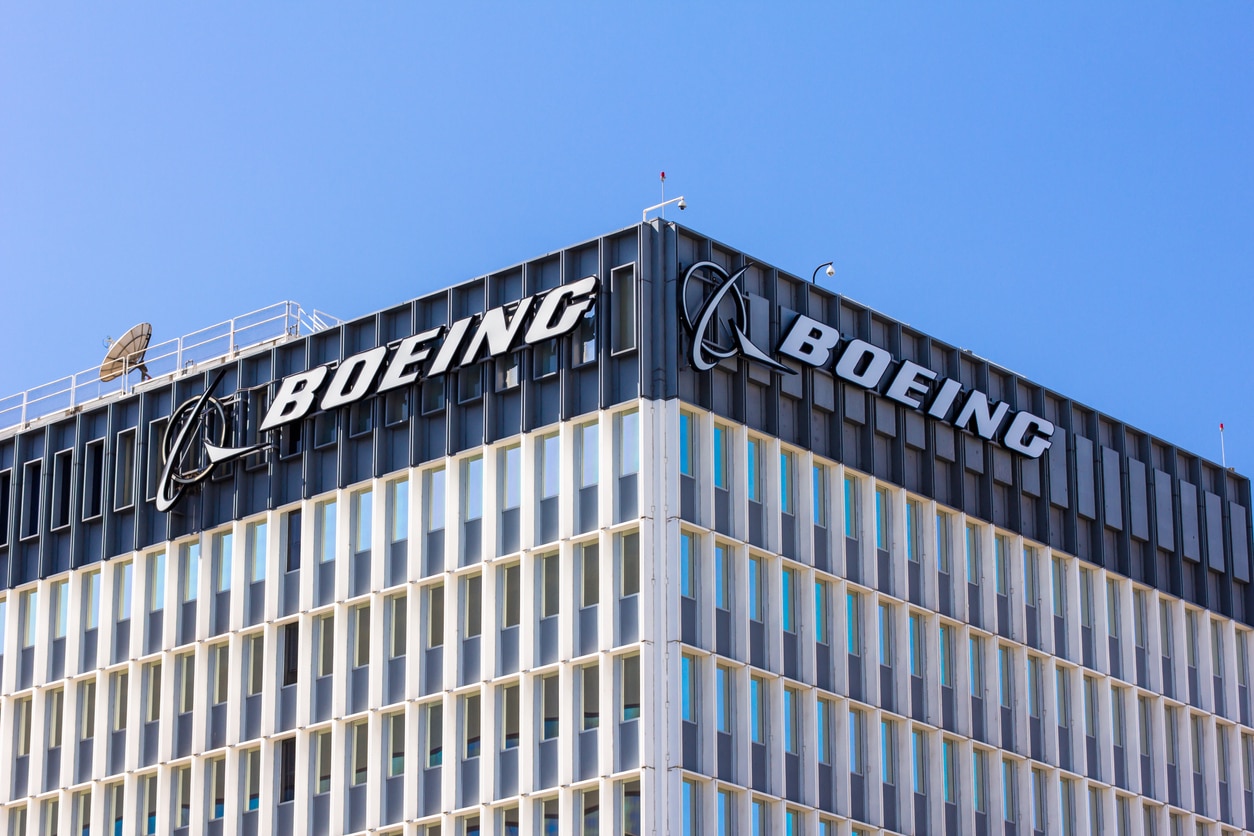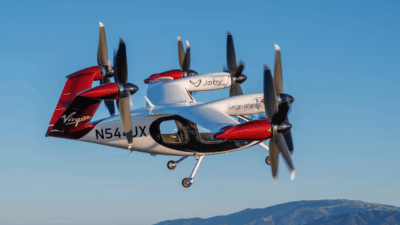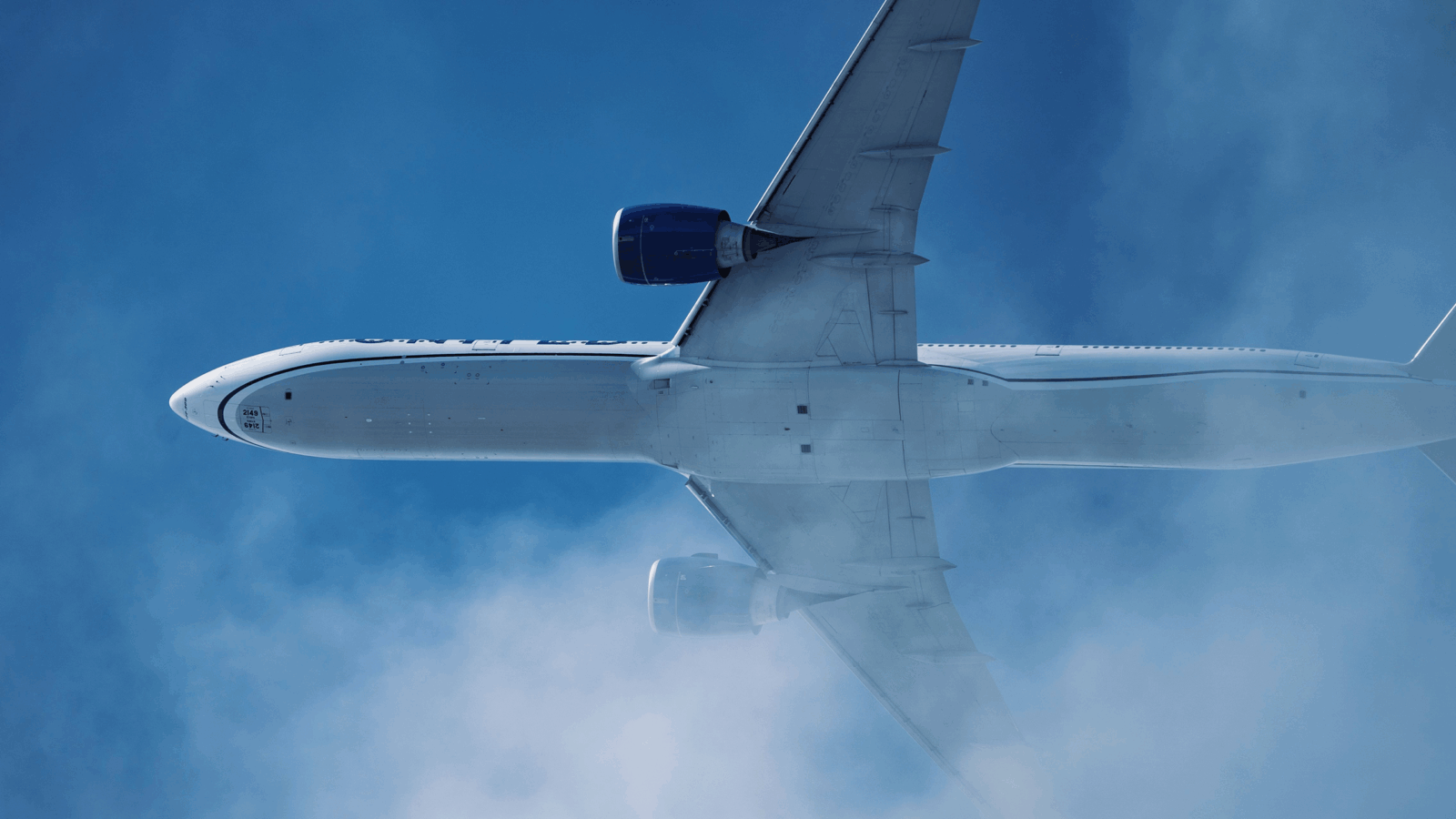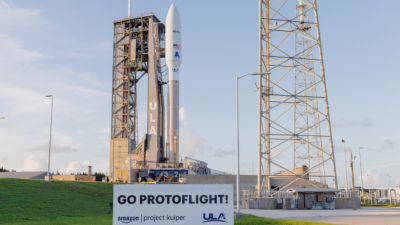
Sign up for smart news, insights, and analysis on the biggest financial stories of the day.
As anyone who has bought airline tickets in the last few months knows (all too well), airlines are successfully passing along higher costs to consumers.
Boeing, on the other hand, cited mile-high costs in both its commercial and defense businesses while posting positively grounded results on Wednesday.
We Are Beginning Our Initial Descent Into the Red
Boeing’s results were at least as objectionable as an across-the-aisle nature boy removing his moccasins midway through a cross-country flight. Revenues rose 8% year-over-year to $14 billion, significantly below analysts’ estimates of $16 billion.
Even with travel demand increasing and war in Ukraine spurring defense spending the world over, both wings of Boeing’s business struggled to stay afloat. The culprit? Supply chain issues, naturally:
- Its planned 777x, a behemoth twin-engine jet the company claims will be the world’s largest and most efficient of its type, is going on a temporary production pause, pushing planned deliveries to customers from 2023 to 2025. Boeing says the stall will cost it some $1.5 billion in abnormal costs.
- The fixed-term nature of defense contracts leaves the company holding the bag for additional costs. Thanks to supply chain constraints and inflationary pressures, Boeing incurred a $367 million charge tied to its contract to deliver a military pilot-training program called T-7A Red Hawk. Additionally, the company faces an unexplained pretax charge of $212 million, tied to the war in Ukraine.
Air Force None: Another round of delays to the production of two new Air Force One models cost the company $660 million, bringing its total losses on the project to over $1 billion. CEO Dave Calhoun went as far as to admit that the project, negotiated with then-President Donald Trump in 2018, presents “a very unique set of risks that Boeing probably shouldn’t have taken” to begin with.











